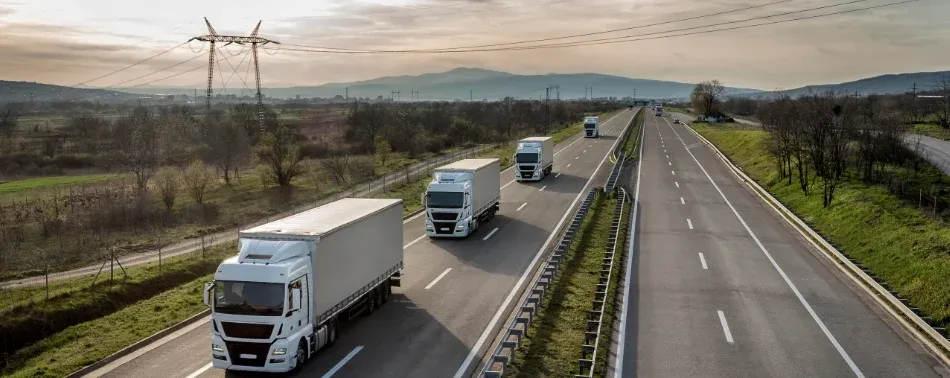Freight trucks: a most promising market for hydrogen

Like EVs, hydrogen vehicles emit zero air pollution from the exhaust. Instead of being powered by electricity stored in a battery, fuel cell electric vehicles (FCEVs) produce the electricity on board through a chemical reaction between hydrogen and oxygen in a fuel cell stack. Refuelling hydrogen tanks from a pump takes less than five minutes and the range of FCEVs tends to be greater than that of EVs.
There are several barriers to the market for FCEVs to overcome if they are to compete with EVs. The cost of the fuel cell alone makes the price of a standard passenger car double that of a comparable EV. Another challenge for hydrogen vehicles is the need to compress the gas to very high pressures in order to get the right density of fuel on board to give you range.
Battery electric cars face a similar problem but EV batteries are small flat packs that can be distributed all over the car. Hydrogen is stored in large cylinders on board and there are only so many parts of the vehicle you can put them in. Storage space is less of a problem for light commercial and heavy goods vehicles.
Another obstacle is the lack of refuelling infrastructure. There are only around 230 H2 filling stations across the EU and the UK, most of them in Germany. The equation makes more sense for road freight. As major truck makers commit to phasing out diesel by 2040, the greater range and speed of refuelling hydrogen vehicles is an attractive alternative for the road transport industry which often operates long distances round the clock.
EU supports the hydrogen transition
The EU is backing the hydrogen infrastructure to support the “decarbonization of the European transport sector” and is concentrating on the haulage sector. A 2020 study by the EU’s Fuel Cell and Hydrogen Joint Undertaking (FCH JU), declared hydrogen fuel cells were a “very promising zero-emission powertrain solution for the heavy-duty trucking industry.”
According to the EU, hydrogen refuelling stations must be accessible at least every 150 km along the Trans-European Transport (TEN-T) car network by 2030. This would create a sufficiently dense network of hydrogen refuelling stations to ensure adequate cross-border connectivity and to support the 60,000 hydrogen lorries the EU expects on its roads by the end of the decade.
Importantly, its projections rely on hydrogen fuel dropping below the current USD 6/kg for production so it will retail at € 2/kg or less at the pumps. Commission President Ursula von der Leyen is optimistic hydrogen could cost less than € 1.8 euros per kilogram by 2030.
However, this relates to the cost of "green" hydrogen. This is the type of hydrogen production necessary to achieve sustainability goals but one which is considerably more expensive to produce today than "grey" hydrogen which is generated from fossil fuels.
How green is hydrogen?
About 95% of all hydrogen fuel today is categorized as "grey" and using it to propel vehicles would fatally undermine progress on reducing CO₂ emissions.
"Green" hydrogen is produced by splitting water into hydrogen and oxygen. This water electrolysis process emits little carbon waste but is energy intensive meaning that to be badged "green" it needs to run off renewable energy sources (wind, solar, hydro). The total energy balance sheet for hydrogen fuel cell vehicles also has to include the transportation and storage of the gas which is more complex than for petrol or diesel. For example, pipe networks used for methane may have to be upgraded before they are fit for hydrogen, adding cost to infrastructure builds.
In order to make hydrogen fuel vehicles a viable - and sustainable - alternative to petrol vehicles or even electric ones, the focus must shift to these greener ways to produce hydrogen fuel.